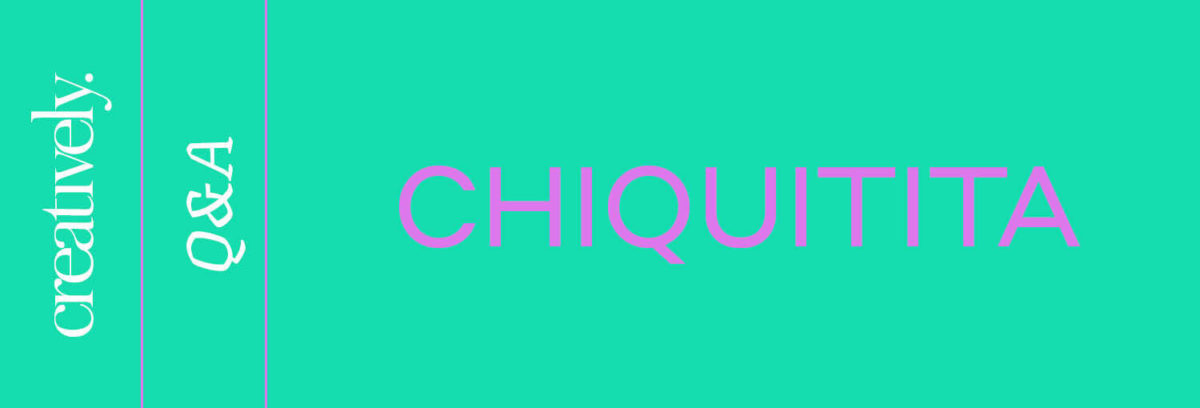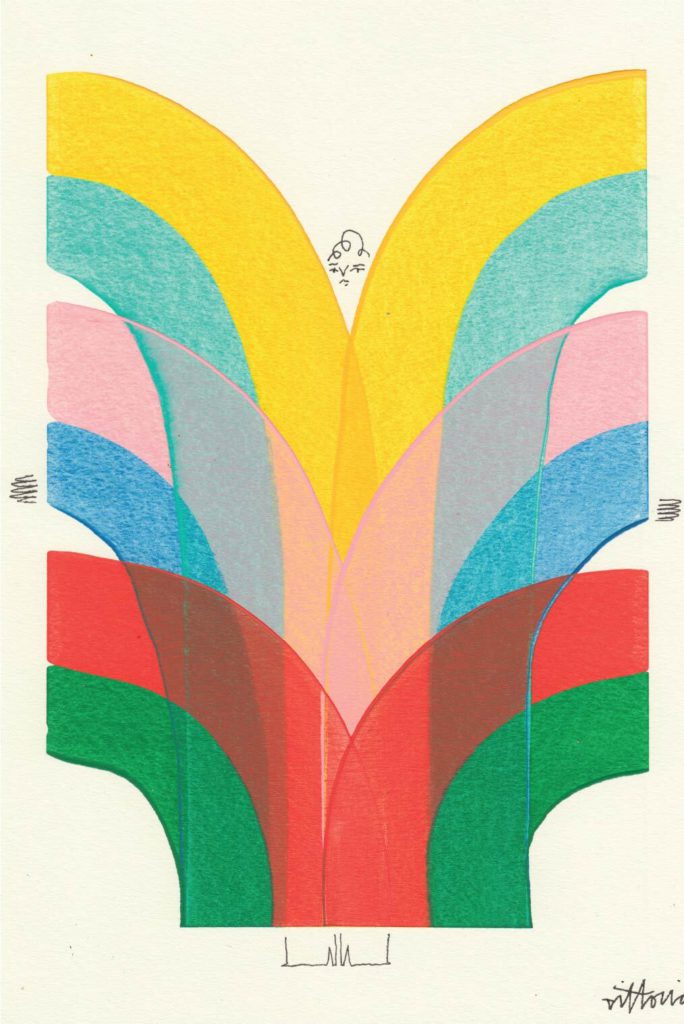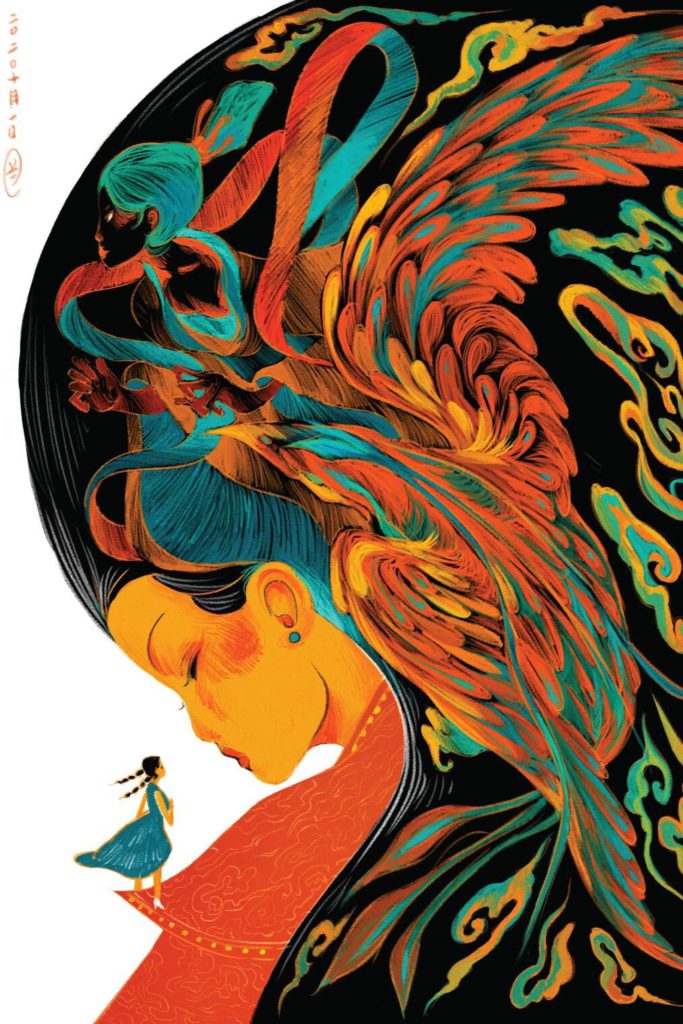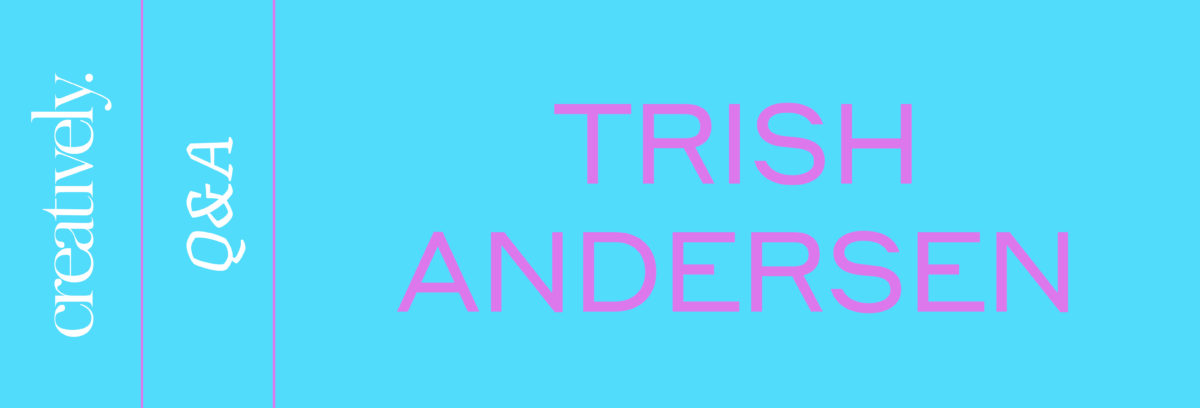At Creatively, our mission is to champion creative talent and nurture a community that truly reflects the diversity across the full spectrum of the creative economy. As we mark Latinx Heritage Month, we’re proud to spotlight and celebrate the incredible creative contributions of the Latinx and Hispanic artists on Creatively.
Strands of hair intricately swirled across her forehead, complemented by perfectly winged eyeliner and holographic eyeshadow. Oh, and that’s just one of the many looks that have landed drag performer Chiquitita coverage in Vogue, W Magazine, Cosmopolitan, PAPER and Dazed. Born and raised in New York City, Chiquitita is a first-generation Salvadoran-American.
Based in New York City, Chiquitita has been featured in campaigns for apparel brands such as Helmut Lang, H&M and Steve Madden, while collaborating with companies like Netflix, Instagram and Bubly, among others—reshaping the narrative around modeling by making the industry more inclusive. In 2018, Chiquitita had the honor of being crowned Miss Bushwig at Bushwig, a yearly pageant and drag festival that celebrates innovation and creativity in performance. Chiquitita is also the creator and producer of the annual Met Gayla, a queer celebration where drag queens showcase their take on that year’s Met Gala theme.
In addition to her work on stage, Chiquitita creates drag and gender-bending visual art for corporate clients while performing in digital and live shows with world-renowned artists such as Lady Gaga, Charli XCX, Lil’ Kim and Yaeiji. Between her hand-sewn dresses, perfectly applied makeup and myriad talents, what one discovers is a whole that’s greater than the sum of its parts: a presence that could fill a stadium, a star born to rule the stage.
What is the first creative project you remember?
As a kid I was always doing art projects, painting and drawing, but the first time I really recall taking designs off the paper and turning them into something big was when I started doing drag. My mom is skilled with a sewing machine, so luckily she started teaching me how to sew at 15, when I started wanting to go out and create looks. So it was definitely there, in my bedroom in Queens, learning the basics of sewing where I started to get lost in the creative process in a new way. I would bang out almost 3 looks a week and wear them with pride! They were my own special creations and I couldn’t wait to show them off.
Describe your aesthetic in three words.
Glamour, gracious, goddess. (Is “gracious” an aesthetic word? I don’t know, but I like how it sounds.)

What was the most fulfilling collaboration you’ve worked on?
The collaborations that stand out most are the ones where I am allowed to be authentically myself, and not channel the idea of the creative director or photographer. As much as I also love being forced to step out of my comfort zone from time to time, creating new concepts for shoots, or performance ideas with other creatives where we have control is always exhilarating! This past spring, I was in Provincetown and got to shoot a project with my friend and photographer Sam Waxman; it was one of the first things I’ve really directed from start to finish. Sam was so great and helped me realize my vision via his insane talents behind the lens. It’s definitely been one of my favorite collaborations thus far!
What’s one creative project that taught you something fundamental about yourself?
Earlier this year I created an insane zebra gown. It was over 10 feet tall and required me being rigged and hoisted up in order to see the dress in its full glory. I worked on it with my friend for about two weeks. It taught me that I have the ability to create anything I could ever want, no matter how extravagant, with the right amount of space, fabric, and help.
Chiquitita’s 10-foot-tall zebra gown.
Do you think Creativity is something you’re born with, or something you’re taught?
I can’t speak for others, but for me personally, I think creativity is something inherent inside us, and accessing it actually requires letting go a bit, giving the creativity space to make itself known. I’ve been my most creative when I can let my psyche do the work, letting my mind go where it wants. Recently, I’ve been finding that I have some of my best ideas when I’m about to sleep, when my active brain starts to take a rest. I keep a notebook by my bed so I can write them down as they come, otherwise the ideas may not come back!
What’s the last dream you had?
Candidly, last night I dreamt I was friends with Billie Eilish and we went to a Greenday show where they were covering music by my friend, Macy Rodman. I don’t know how this came about, but it did, and now I need it to come true!
One hundred years from now, what do you hope people write about your work?
A hundred years from now, I would love to know that I played even a small part in creating the creative and dynamic fabric that makes up New York City. On a deeper level, I also hope that my life will be a great representation for trans people everywhere. When I’m older, if I can reach a fraction of the level of iconic-ness that some of the trans women have achieved whom I’ve looked up to since I was a kid, I will be happy!
Follow @Chiquitita on Creatively
Creatively is more than a platform—we’re a creative collective.
Questions or feedback? Email us at feedback@creatively.life
















